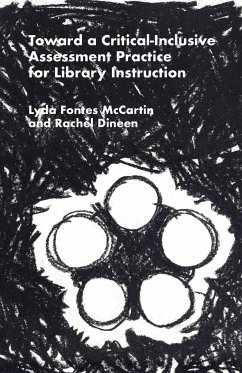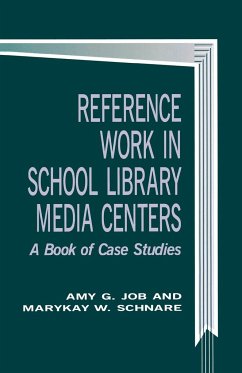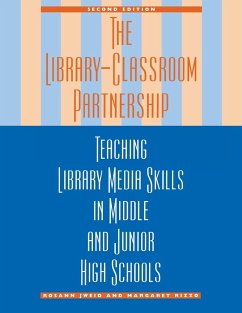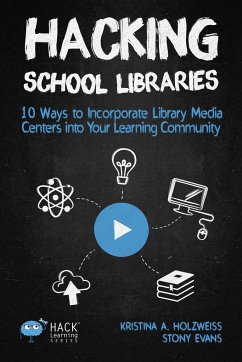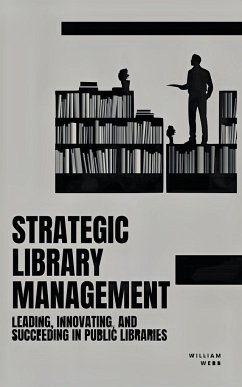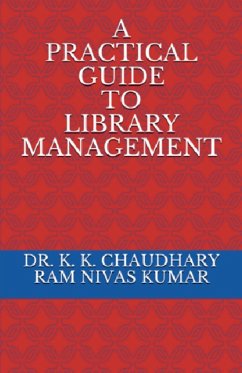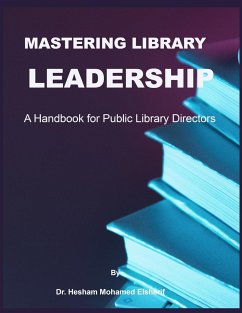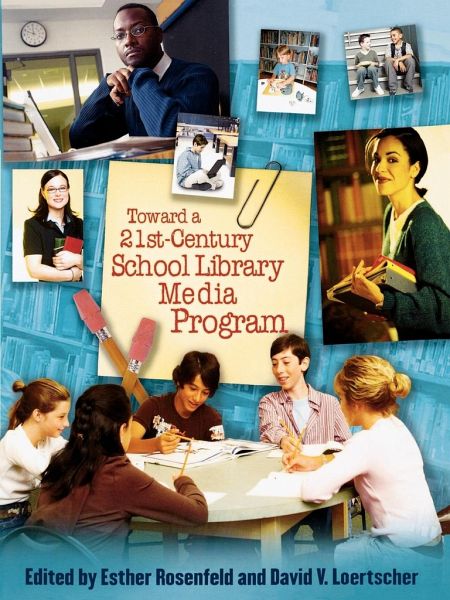
Toward a 21st-Century School Library Media Program
Versandkostenfrei!
Versandfertig in 1-2 Wochen
82,99 €
inkl. MwSt.
Weitere Ausgaben:

PAYBACK Punkte
41 °P sammeln!
This collection of enlightening and stimulating articles, written by some of the most important figures in school librarianship, demonstrates how teacher-librarians, classroom teachers, and administrators can work together to create a 21st century school library media program. With topics that emphasize student success, leadership, partnerships, curriculum design, collaborative planning and teaching, literacy, 21st century skills, emerging technologies, and so much more, this compendium brings together the best of the best discussions.




